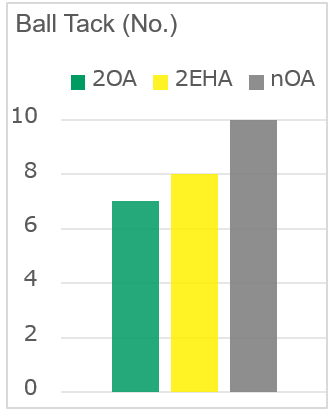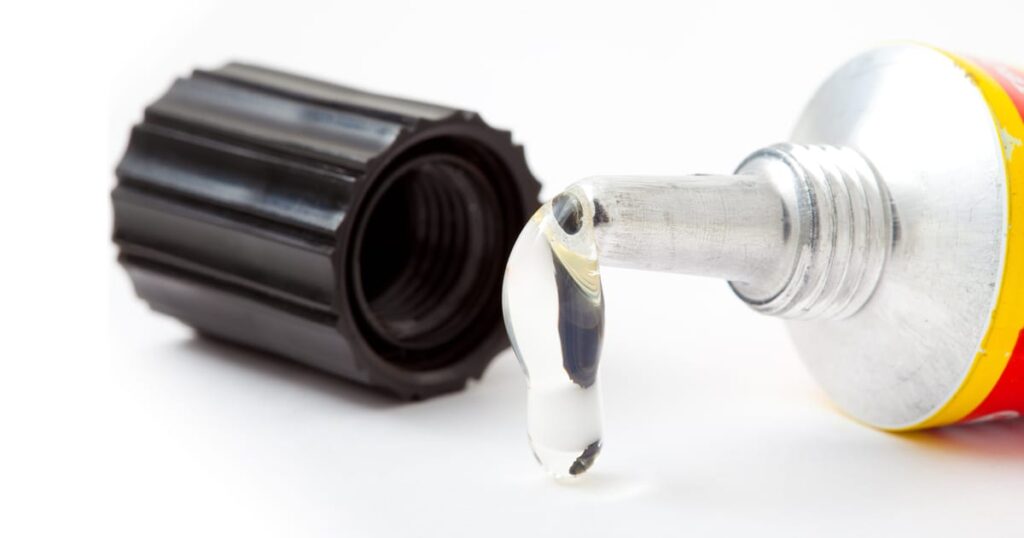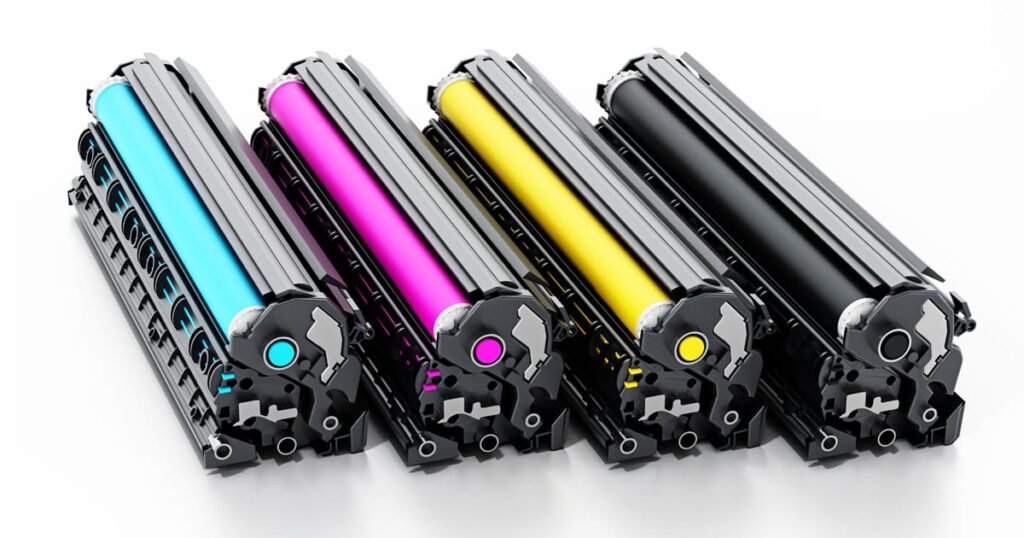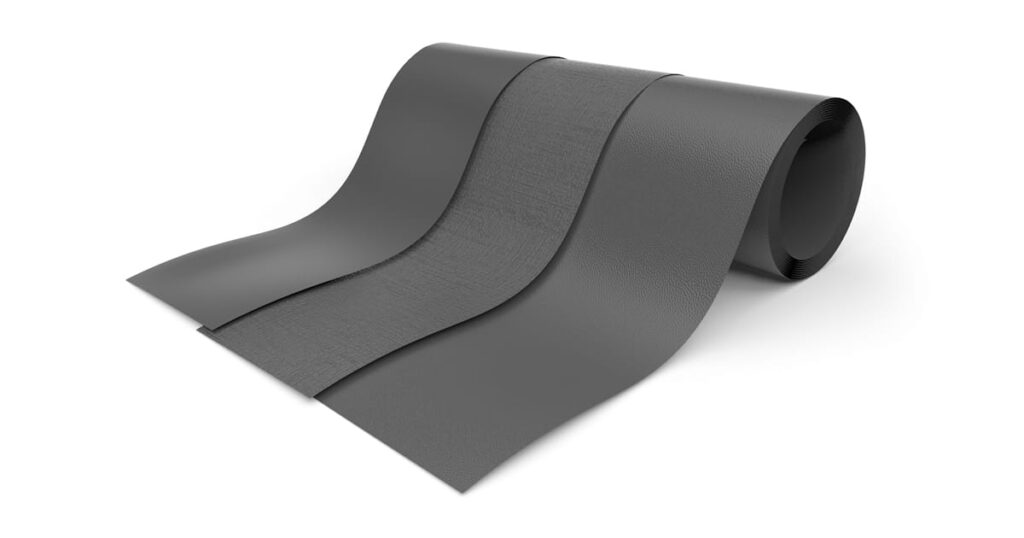In development Biobased Monomer 2-OCTYL ACRYLATE
- Main Applications
Adhesive, Synthetic Resin
- Functions
Basic Information
Biobased acrylate with low skin irritation, derived from non-edible plant-based materials (from castor oil)
Human- and eco-friendly monomer

| Chemical Name | 2-OCTYL ACRYLATE |
|---|---|
| CAS No. | 42928-85-8 |
| Chemical Formula | C11 H20 O2 |
| Molecular Weight | 184.28 |
| Glass transition temperature (Tg) | -44℃ |
| Skin Irritation (GHS classification) | Not Classified |
| Primary Irritation Index (P.I.I) | 0.7 |
| Ames (OECD TG471) | Negative |
| Biobased Carbon Content ※1 | 73% |
| Mass Balanced Carbon Content ※2 | 0~27% |
※2:Sustainable carbon content that can be allocated by the mass balance approach according to ISCC PLUS certification.
Features and Properties
■Features
- 2-Octyl Acrylate (2OA) is made from non-edible biobased alcohol derived from castor oil.
- It exhibits significantly lower skin irritation compared to 2-Ethylhexyl Acrylate (2EHA), even though both products have the same molecular weight. As a result, 2OA is a monomer that contributes to operators’ safety.
- 2OA can serve as a suitable replacement for 2EHA due to its similar reactivity as a monomer.
- 2OA has unique properties that distinguish it from conventional monomers and can be applied to a wide range of applications.
■Adhesive Properties
Polymerization and adhesiveness of 2OA are comparable to conventional monomers.



Composition
BA : 2OA = 1:1 (+Others)
BA : 2EHA = 1:1 (+Others)
BA : nOA = 1:1 (+Others)
Cross-lnker Isocyanate
BA :Butyl Acrylate
2OA :2-Octyl Acrylate
2EHA:2-Ethylhexyl Acrylate
nOA :n-Octyl Acrylate
Applications





